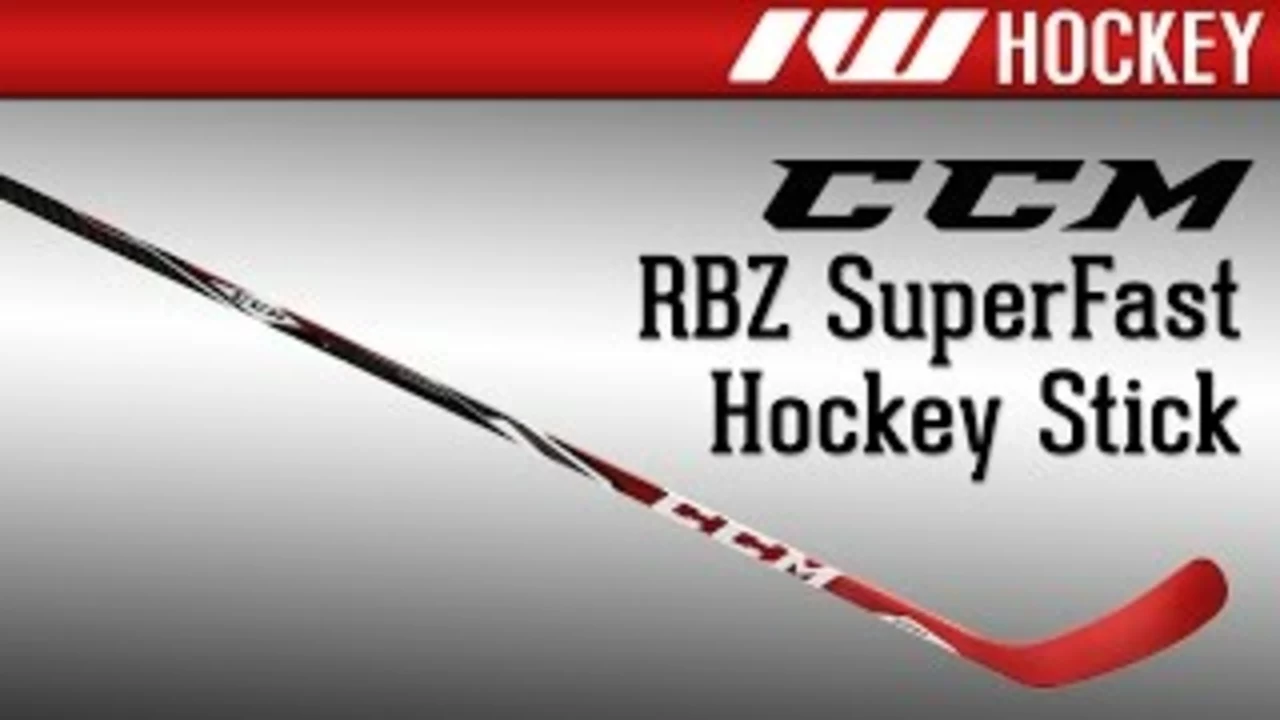Best Curve: Master the Perfect Hockey Shot
Want to make your shots harder to stop? A good curve can pull a goalie’s blocker or make a defender miss the net. The trick isn’t magic – it’s about grip, stance, and a simple swing. Below you’ll get the basics, a quick drill, and a few gear pointers so you can add that curve to every slapshot or wrist shot.
Why the Curve Matters
When the puck curves, it changes the angle the goalie sees. A straight shot gives the goalie a clean line; a curve forces him to move laterally, and that split second can be the difference between a goal and a save. Even a slight bend can hide the puck behind a defender’s body or make a rebound harder to predict. That’s why players at all levels work on the curve – it adds unpredictability without needing more power.
Step‑by‑Step Guide to a Better Curve
1. Grip the stick correctly. Keep your top hand a little higher than usual. This gives you more wrist leverage. Your bottom hand should sit comfortably on the shaft, not too close to the blade, so you can roll the stick easier.
2. Position your body. Your knees bend and your weight stays slightly forward. The stance should feel balanced, not too upright. This lets you generate a quick snap with the wrists.
3. Load the shot. Pull the stick back just enough to feel tension in your forearms. You don’t need a huge wind‑up – a compact motion keeps the shot fast and the curve tight.
4. Snap and roll. As you push the puck forward, rotate your forearms so the stick blade rolls outward. Think of “wringing out a towel.” The roll creates the spin that makes the puck curve.
5. Follow through. Let your stick finish high and to the side of the target. A full follow‑through adds consistency and helps you lock the curve.
Try this drill: set up three cones in a line about three feet apart. Shoot from a fixed spot, aiming to curve the puck around the first cone, then the second, then the third. Start slow, focus on rotation, then pick up speed. After a few minutes you’ll see the curve get tighter.
Gear can help, too. A stick with a slightly curved blade (around 1/4 inch) makes the roll easier. If you’re using a newer composite shaft, look for a flex rating that matches your strength – too stiff and you’ll lose wrist snap, too soft and you’ll lose power.
Keep practicing on both sides of the net. The left‑to‑right curve works for one side, right‑to‑left on the other. Mixing them up keeps goalies guessing.
Remember, the best curve isn’t about brute force. It’s about control, timing, and a clean wrist roll. Add these steps to your routine, and you’ll see more goals, more rebounds, and more confidence on the ice.

What is the best hockey stick curve?
After extensive research, I've found that the 'best' hockey stick curve really depends on individual play style. For players who enjoy quick, snappy shots and improved puck control, a smaller curve like the P88 or PM9 might be a good fit. On the other hand, if you're more into slap shots and one-timers, a larger curve like the P28 or P29 might suit you better. It's important to remember that there isn't a one-size-fits-all answer here. What works best for you might not work for someone else, so it's all about experimenting to see what meets your personal needs on the ice.
View More